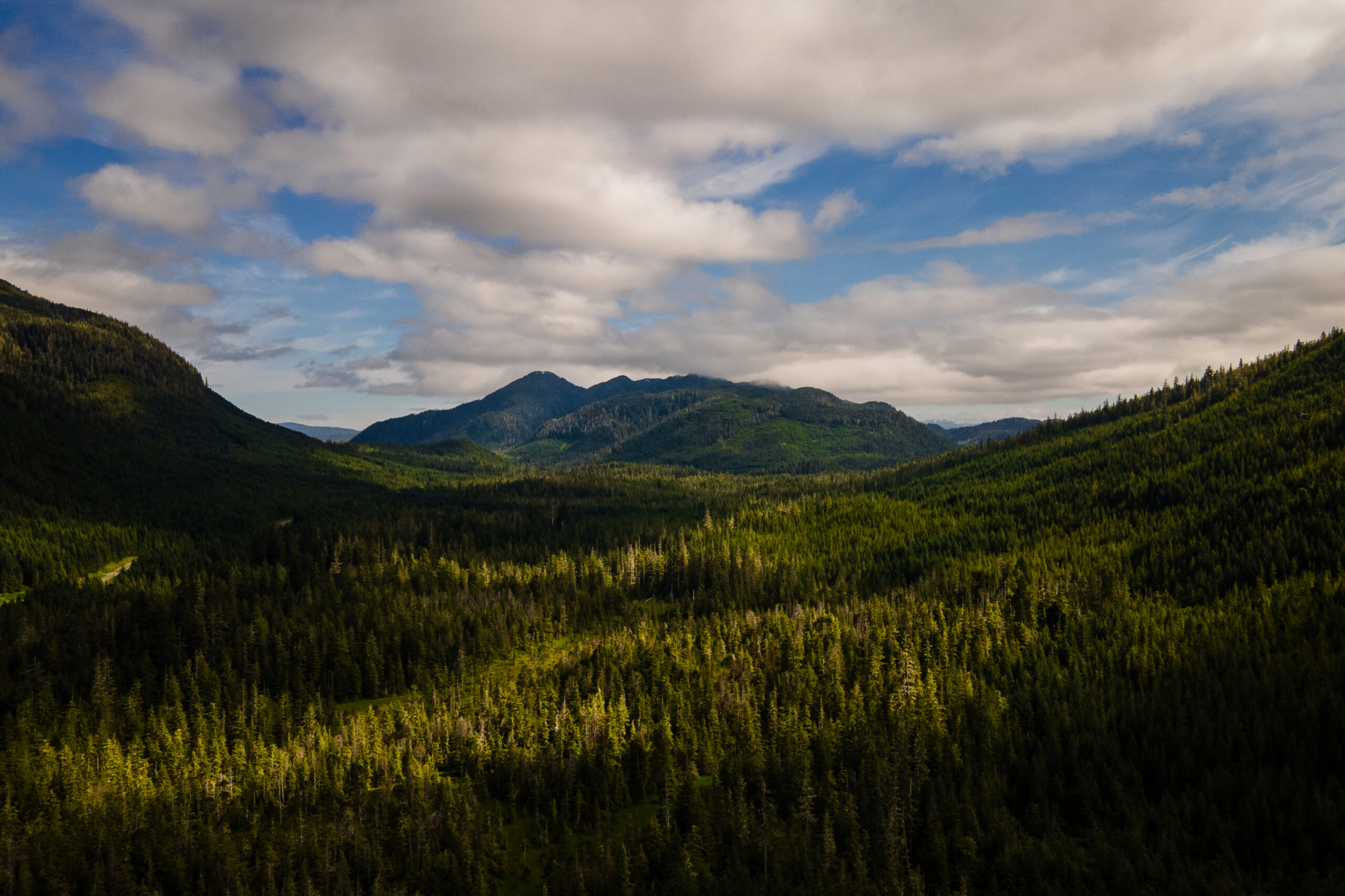
The Trump administration wants to open up tens of millions of acres of national forest to development. The US Department of Agriculture (USDA) announced yesterday that it’s rescinding a landmark rule that prevents road construction and timber harvesting in the last unfragmented stretches of national forest.
The USDA says the move will boost timber production, while helping officials manage wildfire-prone lands. Conservation groups say this is simply an industry-led land grab that could level pristine forests and increase the risk of wildfire.
“Make no mistake: this administration will do whatever it takes to sell off the places where we hunt, fish, recreate, and partake in long-standing traditions,” Andy Moderow, senior policy director at Alaska Wilderness League, said in a press statement. “Today’s announcement is a clear attempt to sell off public land for industrial-scale clear-cut logging.”
“A clear attempt to sell off public land for industrial-scale clear-cut logging”
In a move that’s likely to face legal challenges, the USDA is tossing out the “Roadless Rule” that Bill Clinton enacted back in 2001 and that Secretary of Agriculture Brooke Rollins called “overly restrictive” in a press release. It follows an executive order signed by President Trump in March to expand timber production. Getting rid of the roadless rule will remove protections from nearly 59 million acres of forest, or roughly 30 percent of National Forest System lands, according to the USDA.
Some forests will be more affected than others. The rule impacts 92 percent of the Tongass National Forest in Alaska, the largest old growth forest still standing in the US. It’s been one of the most contested areas since Trump first rolled back roadless rule protections there in 2020 before the Biden administration restored them a few years later.
The USDA also claims that 28 million acres of the land previously protected under the roadless rule are “at high or very high risk of wildfire.” But allowing new roads and logging there won’t lessen wildfire risk — it’ll do the opposite by raising the risk of forest mismanagement, environmental groups contend.
“When they say we will open [forests] up for responsible management. I almost laughed out loud when I saw that … It’s the height of irresponsible management to open them up to roads and logging,” says Randi Spivak, public lands policy director at the Center for Biological Diversity. Wildfires are likely to start near roads, she explains — perhaps from a stray cigarette butt or campfire. Loggers also target mature trees that tend to be more resilient to fires rather than smaller saplings that are more likely to burn.
“It’s also a very nuanced topic, and it’s completely being exploited by the timber industry and the current administration,” Spivak tells The Verge.
There’s an old-school mentality to firefighting that the logging industry has advocated for historically to preserve areas where they harvest timber. The old strategy has been to suppress any kind of forest fire, which has inadvertently exacerbated blazes in certain forests by allowing dry vegetation to build up into loads of tinder. In parts of the western US, fires are a natural part of the landscape that clear out debris that might otherwise turn into fuel for larger infernos.
The timber industry has also promoted the idea that thinning forests will lessen fire risk. “Thin is just a euphemism for log, it sounds nicer, but there’s no difference on the ground,” Spivak says.
More modern fire-busting tactics emphasize making communities less likely to burn. Climate change has led to more widespread wildfires in the western US, but tackling that problem is another protective measure that the Trump administration has thrown by the wayside. Trees and plants naturally store carbon dioxide, keeping the greenhouse gas from heating our planet. Forests in the US sequester more than 800 million metric tons of carbon each year. But they can only keep doing that if they stay intact.
